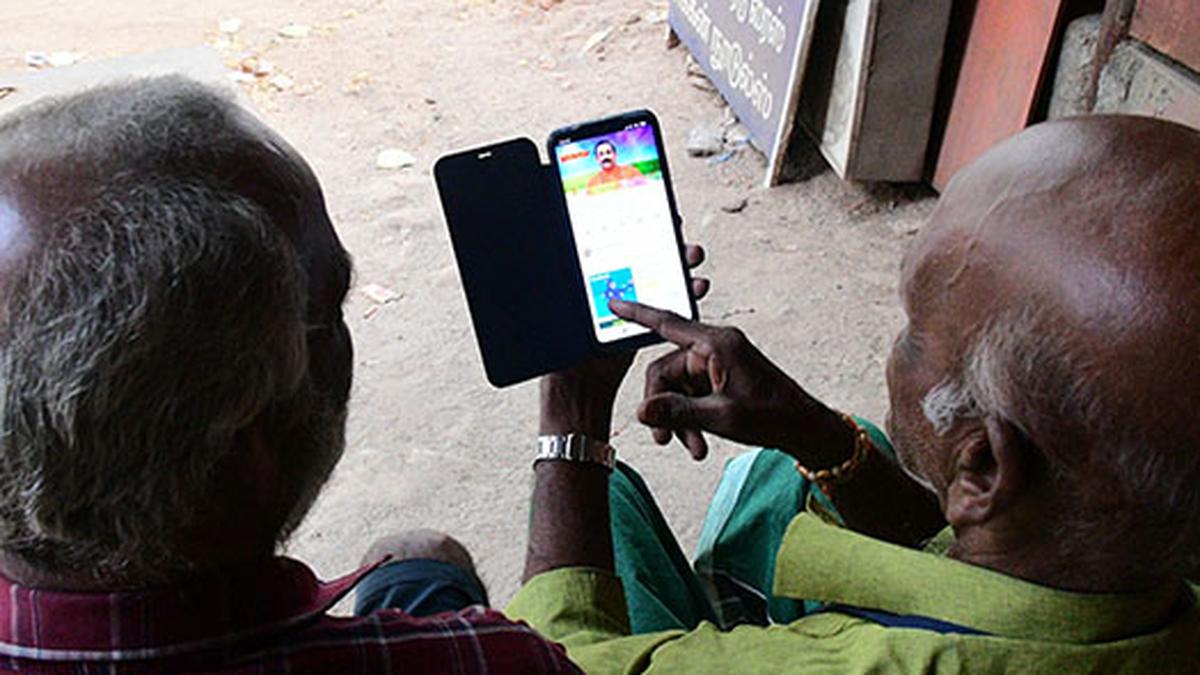ARTICLE AD BOX
Last Updated:June 13, 2025, 17:39 IST
Police have recovered one black box from the wreckage of the Air India flight that crashed in Ahmedabad. Efforts to find the second box continue.

A black box is actually a bright orange device designed to withstand the most extreme crash conditions. (AFP file photo)
A day after the devastating crash of a London-bound Air India flight in Ahmedabad, investigators have recovered one of the aircraft’s black boxes, a critical tool in uncovering what led to the disaster that killed over 240 people onboard.
Police confirmed on Friday that search teams had retrieved one black box from the wreckage. Efforts are ongoing to locate the second black box and the digital video recorder (DVR), which could provide vital clues.
The temperature in and around the crashed Air India plane soared to a blazing 1,000°C. Officials at the site described it as an inferno, saying, “Even dogs and birds could not escape." So how do the black box and DVR withstand such extreme conditions?
What Is A Black Box?
Contrary to its name, a black box is actually a bright orange device designed to withstand the most extreme crash conditions. Commercial planes carry two types of black boxes:
- Flight Data Recorder (FDR): Tracks flight details like altitude, speed, engine power, and path.
- Cockpit Voice Recorder (CVR): Captures all sounds in the cockpit — from pilot conversations to alarms and radio calls.
These devices are typically located near the tail of the aircraft, where the impact is often less severe.
Why Doesn’t It Burn?
Black boxes are built using tough materials like titanium or steel, and they are encased in fireproof insulation. They are tested to survive:
- Fires of over 1,100°C for at least one hour
- Crashes with forces of over 3,400 times gravity
- Deep-sea pressure for underwater crashes
- High-speed impacts and sharp debris
They also contain underwater locator beacons, which emit signals for up to 30 days to help recovery teams find them.
What About The DVR?
The Digital Video Recorder (DVR) stores CCTV footage from aircraft cameras — including cabin and cockpit views. While not as heavily protected as black boxes, it is still built to survive high temperatures and impacts. The footage it stores can offer visual evidence to support data and audio recordings.
Why This Matters In The Air India Crash
In Thursday’s crash, understanding whether the cause was technical failure, engine fire, bird strike, or pilot error will be crucial. The black box will help reconstruct every second before the crash — including whether a distress call was made or any system warnings were triggered.
With only one confirmed survivor from the ill-fated plane, and with students from nearby medical college hostels and others on the crash site also among the victims, police have reported that 265 bodies have been brought to the civil hospital. Officials have yet to confirm the final death toll. In this tragedy, the black box and DVR are the only “witnesses" left to reveal the full story.
The News Desk is a team of passionate editors and writers who break and analyse the most important events unfolding in India and abroad. From live updates to exclusive reports to in-depth explainers, the Desk d...Read More
The News Desk is a team of passionate editors and writers who break and analyse the most important events unfolding in India and abroad. From live updates to exclusive reports to in-depth explainers, the Desk d...
Read More
- Location :
- First Published:
News india Air India Crash Reached 1,000°C — How Can The Flight's Black Box And DVR Withstand?



.png)
.png)
.png)
















 17 hours ago
6
17 hours ago
6









 English (US) ·
English (US) ·